Find out everything there is to know on accessible pedestrian signals: regulations, installation, maintenance, activation modes…
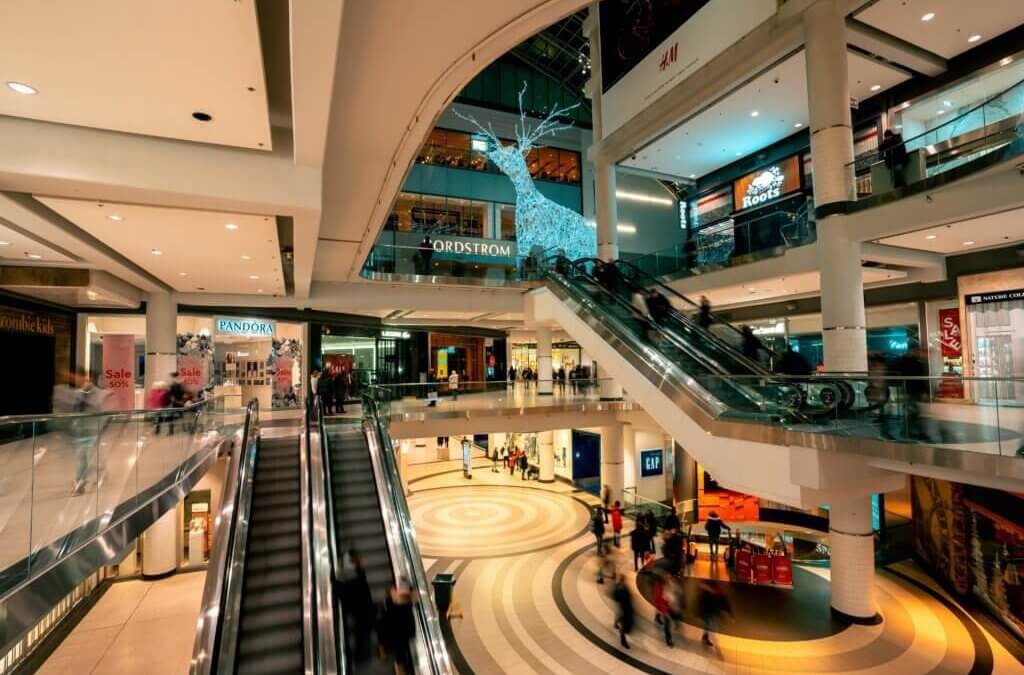
How Can Shopping Malls Be Accessible to People with Disabilities?
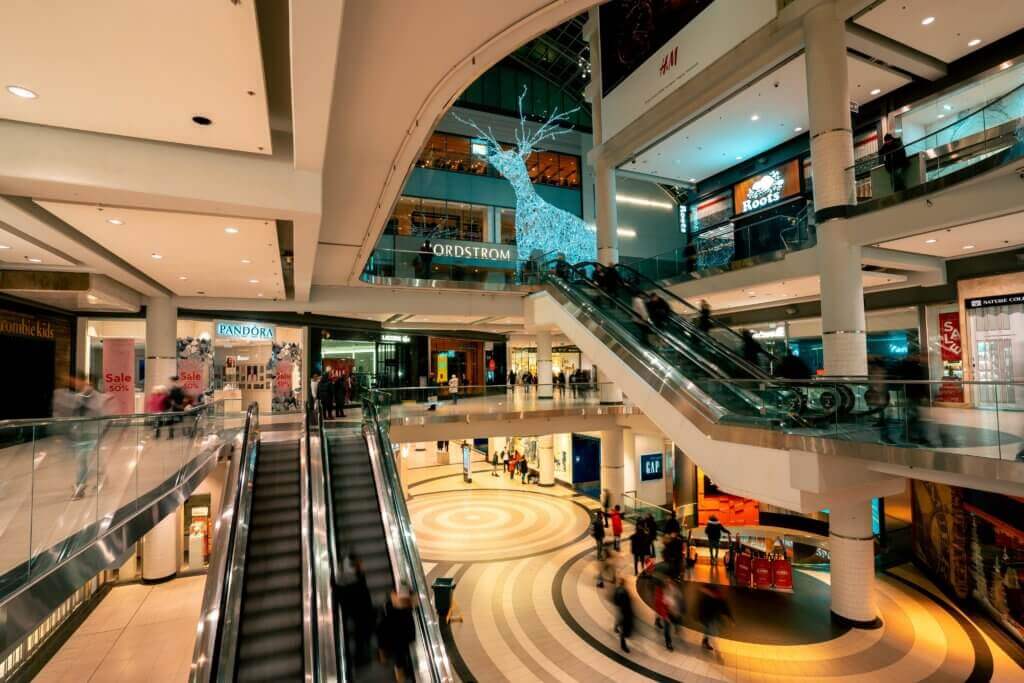
How Can Shopping Malls Be Accessible to People with Disabilities?
Over 116 000 shopping malls are spread in the United States of America and generate each year around 5 trillion dollars. Is accessibility for all just an utopia for shopping malls or a serious goal to focus on?
Malls constitute the essence of shopping: there are a multitude of different shops in one place with cafés and restaurants too so that people can relax. Everybody can find what they need to at any budget. It’s the place you go to in a panic to buy the Christmas presents on Christmas Eve and where you spend hours with your friends to find the latest clothing trends, see a movie or grab a bite. In theory, every person who possesses a credit card is welcomed but there’s actually a clientele that’s not or barely exploited due to a lack of accessibility: people with disabilities. Representing around 20% of the population, they’re not a market that one should afford to discard. Consequently, all shopping malls should focus towards providing an accessibility for all in order to meet the needs of the totality of its potential customers. Customers with specific needs but who have the same value as any other. When a person has a disability, how can they easily and safely go to the mall? And find the shop where little Harry had found the perfect toy train set? How can a person with a disability calmly shop in a overheated, stuffed and oppressing mall? Depending on the handicap (physical, sensory, mental and psychological), the difficulties they can encounter are not the same so shopping malls need to adapt accordingly.
Let’s see what accessibility at shopping malls should look like!
Going to the Mall
People with disabilities first have to carefully choose the shopping mall where they want to go. It may be best at first to avoid the largest malls such as American Dream in the Meadowlands Sports Complex in East Rutherford, New Jersey that has over 450 stores in 3 000 000 sq ft. For a valid person, going to the mall is the easiest thing to do. They either drive there or use public transportation and having several connections doesn’t bother them much apart from the fact that it may take a while. But people with disabilities need to prepare their route.
This means going online to do some research: do they need to take a cab that would accept a guide dog or one that’s adapted for wheelchairs? If they decide to use public transportation, is the subway station or the bus stop near the shopping mall? Of course, it’s best to ride a subway that’s accessible and has the appropriate signing system. The Fashion Centre at Pentagon City mall, for example, in Arlington, Virginia, contains more than 170 stores and restaurants and can easily be accessed by subway from Washington, D.C. It can even provide accomodations in case people need time for their shopping spree. If they struggle to get around once they’re inside the mall, they can use a complimentary wheelchair and keep shopping in all simplicity. By checking online the several entrances to the shopping mall beforehand, people with disabilities can easily plan which entrance to access according to the shops they want to go to. Some shopping malls are equipped with audio beacons that notify the visually impaired person where the points of interest are located (entrances, exits…) and give them some information such as opening hours. Some solutions exist that enable a person with disabilities to be autonomous and serene in their trips.
Getting Around Inside the Mall
People with reduced mobility can easily get around shopping malls which are equipped with:
⊗ Elevators
⊗ Escalators
⊗ Secured stairs with handrails
⊗ Ramps
Some shopping malls were designed vertically so that shoppers can move upwards and downwards with centrally located elevators and escalators to connect all the stories. Thus, people with restricted mobility can reach them as quickly as possible.
Navigating inside a shopping mall for a person who is blind or low vision can be tiring and stressing, especially with so many obstacles on their way: moms with strollers who act like Godzilla, toddlers running everywhere and bumping into you, the people who hate shopping malls and are in a hurry to leave… In top of all that, people with disabilities have to stay calm and find the right shop. Thanks to the use of a GPS indoor on their smartphone, a visually impaired person can find their bearings. The Macy’s Herald Square store in New York has been one of the first retail stores to implement a digital assistance with its audio-based indoor navigation system. With this type of technology, all the stores, restaurants and other facilities of a shopping mall can be mapped and easily located. Anyone who uses it can even be redirected if they took the wrong path.
As in the subway, a good signage system is key to enable disabled customers to safely navigate inside the mall such as:
⊗ Accessible information points
⊗ Pictograms with flashy color
⊗ Bigger font sizes for signs
⊗ Guide paths
Installing a practical and efficient signage system contributes to provide accessibility for all in an indoor labyrinth.
A very good example of a mall accessible for people in wheelchairs is the Mall of America, the second largest mall in the States in terms of total floor area, located in Bloomington, Minnesota. People in wheelchairs can easily access any store, eating at a restaurant and enjoying the many attractions that the mall offers. Everything is thought to attract people in wheelchairs and make them feel welcome like any customer. Even their accommodations are accessible.
Communicating with the Staff
Shopkeepers and sales assistants focus on helping the customers in the best way they can. (At least, that’s what they all should do but we’ve all had bad experiences.) Whether a customer knows what they want to buy or need advice, a staff that’s trained to deal with people with disabilities will be precious and extremely helpful. A proper training and an improved awareness of the needs of people with disabilities would not only be beneficial on a human level but on an economic one as well as they could turn into regular customers.
7 Tips to Welcome a Person with Disabilities
A hearing impaired person can be provided with an amplifier (FM systems) to fully understand the advice of the sales assistant. Plus, some apps exist such as Ava which transcribes in live the words of a group of people. The sales assistant and the hearing impaired customer just have to download the app on each of their phones. The microphones enable the conversation to be transcribed. Thus, the hearing impaired customer will receive the same service as any customer and will be more likely to come back if they had a patient and helpful sales assistant to assist them.
The same applies for a person in a wheelchair who would need a suitable fitting room to try the clothes, lower checkout counters and removable digital payment terminals. All customers are supposed to leave the mall feeling like they’ve had a good experience. Committed sales assistants are a big part of the customer experience. Accessibility for all certainly needs to be taken into account for shopping malls developers.
Mixing with Other Shoppers
It’s easy to feel overwhelmed by the crowd and by the constant noise and loud conversations. Some autistic people are particularly intolerant to noise and wear noise-cancelling headphones or ear defenders in order to protect themselves from exterior noises.
Every situation can be stressing for a person with disabilities in a confined and busy place. Shopping with a patient friend who knows best how to assist a person with disabilities can be reassuring and can turn into a fun careless day.
Accessibility for all is still a work in progress but some shopping malls are already leading the way. They understood that they could be more welcoming and inclusive to meet the needs of any type of public and attract more shoppers once their malls turned accessible, meaning more profits for them and happy shoppers who will have a great time doing something easy that everybody does.
Want to know more about accessibility in complex venues? Check our articles:
How Is Airport Accessibility Progressing for People with Disabilities?
The Guidelines for Stadium Accessibility: Offering People with Disabilities a Good Experience
How to Make Museums More Accessible for People with Disabilities?
Published on July 10th, 2020 / Updated on December 13th 2021
media

Navigating inside a shopping mall for a person who is blind or low vision can be tiring and stressing, especially with so many obstacles on their way. (…) Thanks to the use of a GPS indoor on their smartphone, a visually impaired person can find their bearings.
writer

Carole Martinez
Content Manager
stay updated
Get the latest news about accessibility and the Smart City.
other articles for you
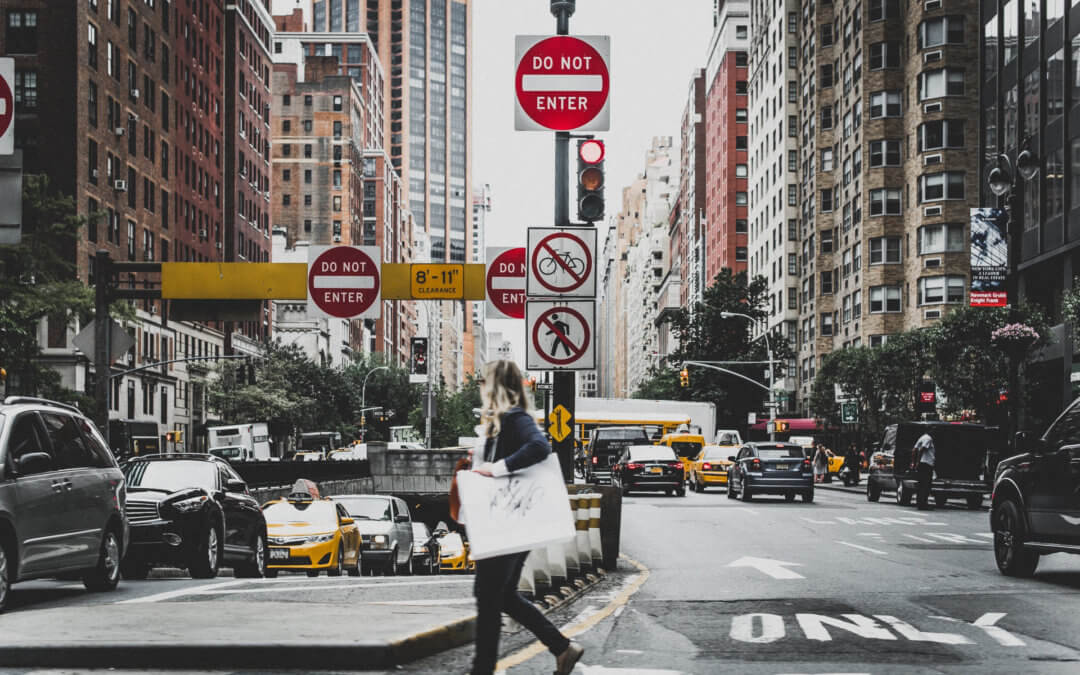
How Cities in North America Communicate Efficiently about Accessible Pedestrian Signals: Good Examples to Follow
Cities spend millions in order to equip intersections with Accessible Pedestrian Signals. How do they let blind or visually impaired pedestrians know of their locations?
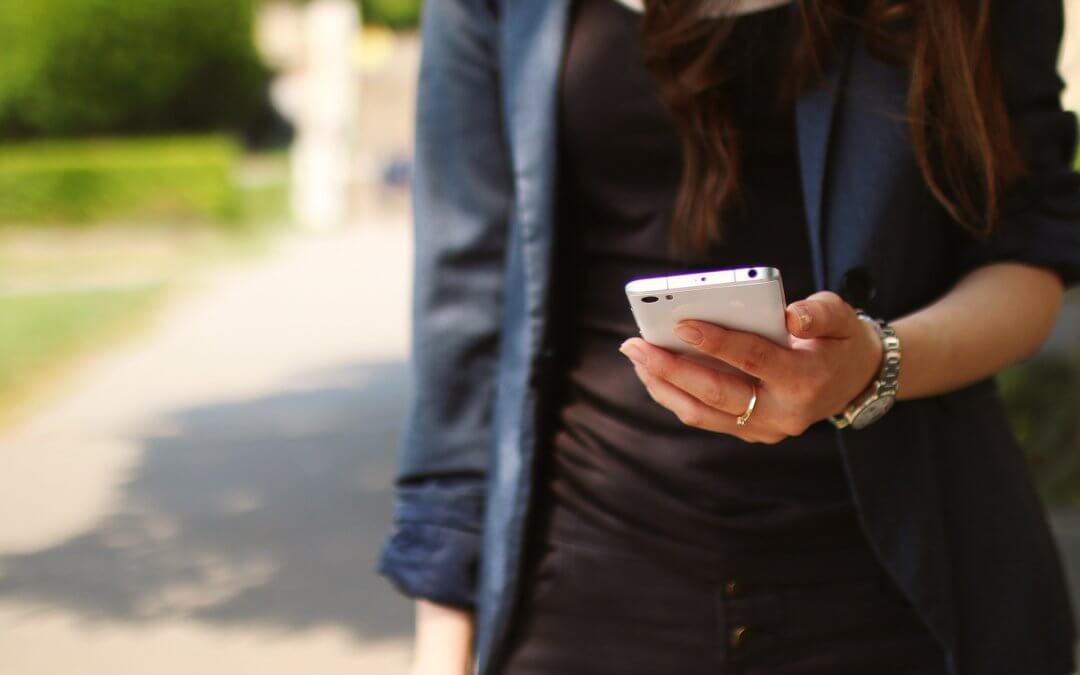
12 Must-Have Apps for Blind or Visually Impaired People
Thanks to a more and more innovative technology, blind or visually impaired people can use smartphones and apps that are especially designed to answer their needs.
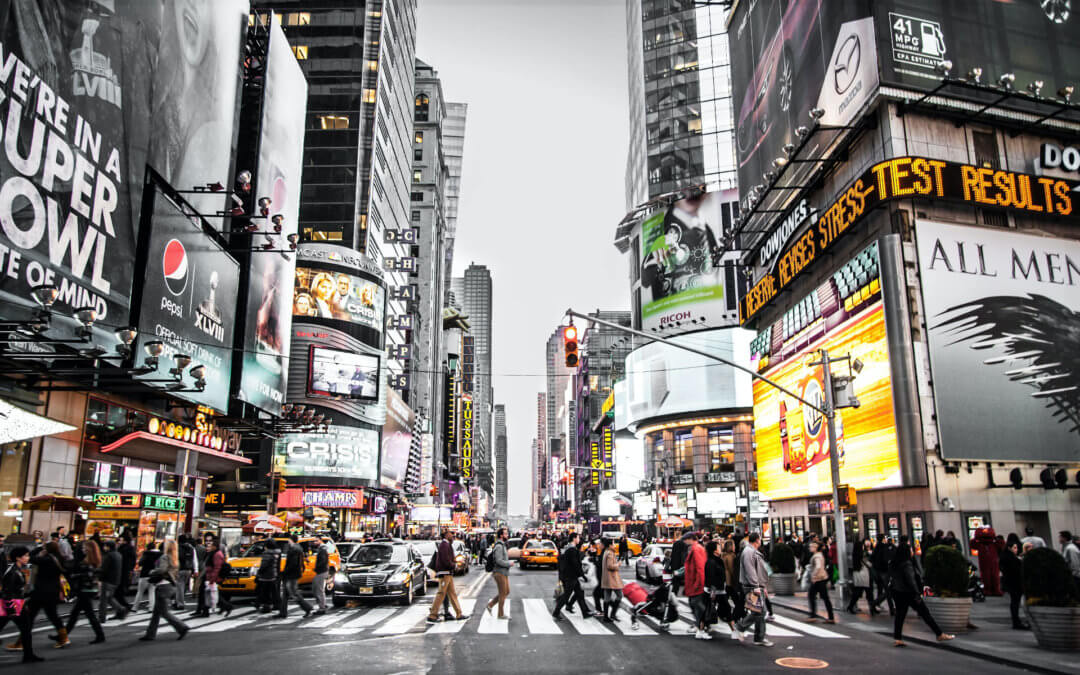
Removing Traffic Lights vs Pedestrian Safety: a Guide to Inclusive Streets
The cities of the 21st century promote active mobility and decide to remove traffic lights. But this strongly decreases the sense of safety among the most vulnerable pedestrians such as blind or visually impaired people.

9 Tips to Welcome a Person with an Intellectual Disability
You’re facing a person with an intellectual disability and you don’t know how to exchange with them? Everybody can feel uncomfortable seeing we don’t always know how to approach a person with disabilities.
share our article!
more articles
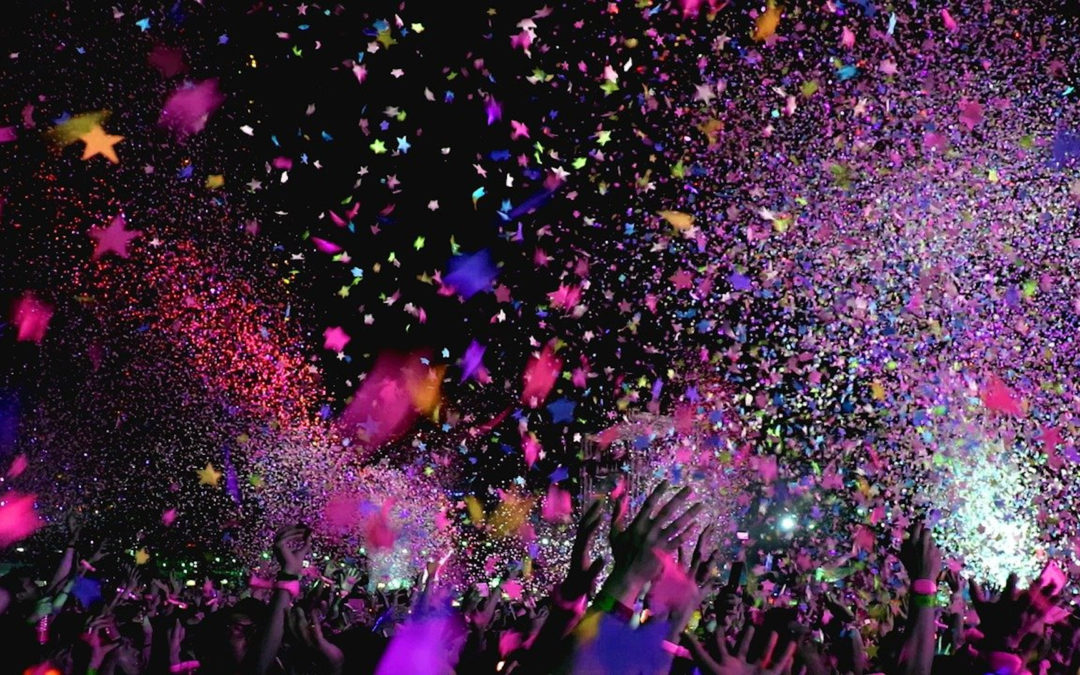
Disability Pride Month: What Is It and Why Is It Important?
Disability Pride Month: What Is It and Why Is It Important?July celebrates Disability Pride Month! A month to support and raise awareness on disability. It gives people with disabilities an opportunity to be seen and heard. Obviously, everybody has their own...
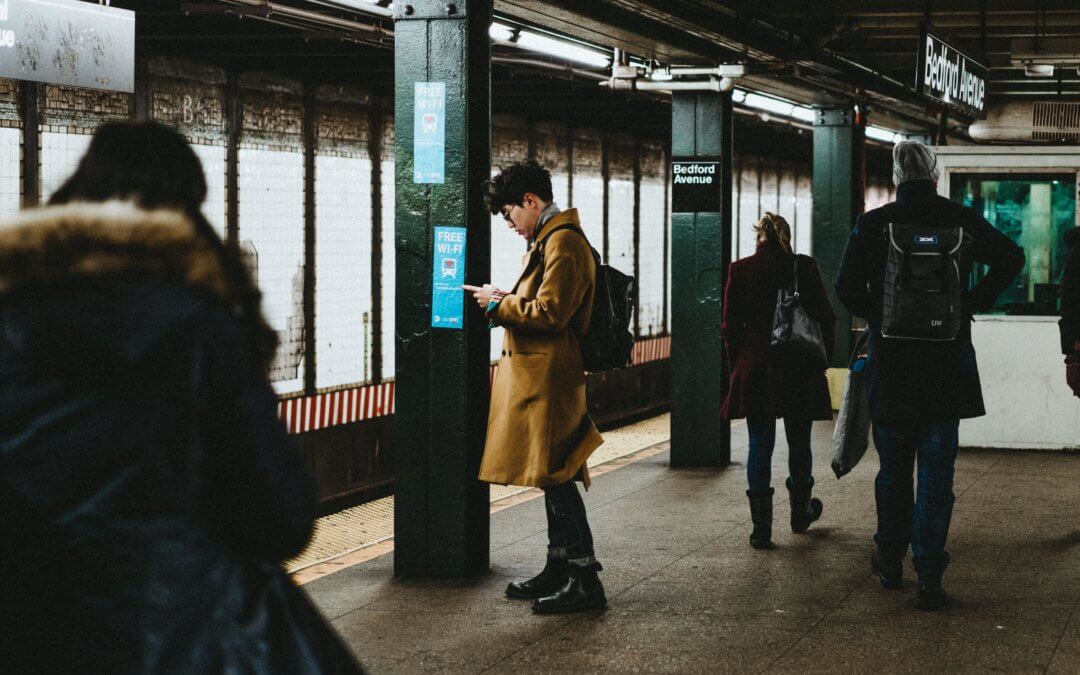
How to Help People with Disabilities Get a Better Experience on the Subway?
How to Help People with Disabilities Get a Better Experience on the Subway? Douze villes américaines sont desservies par un métro : Atlanta, Baltimore, Boston, Chicago, Cleveland, Los Angeles, Miami, New York, Philadelphie, San Francisco, San Juan et Washington,...
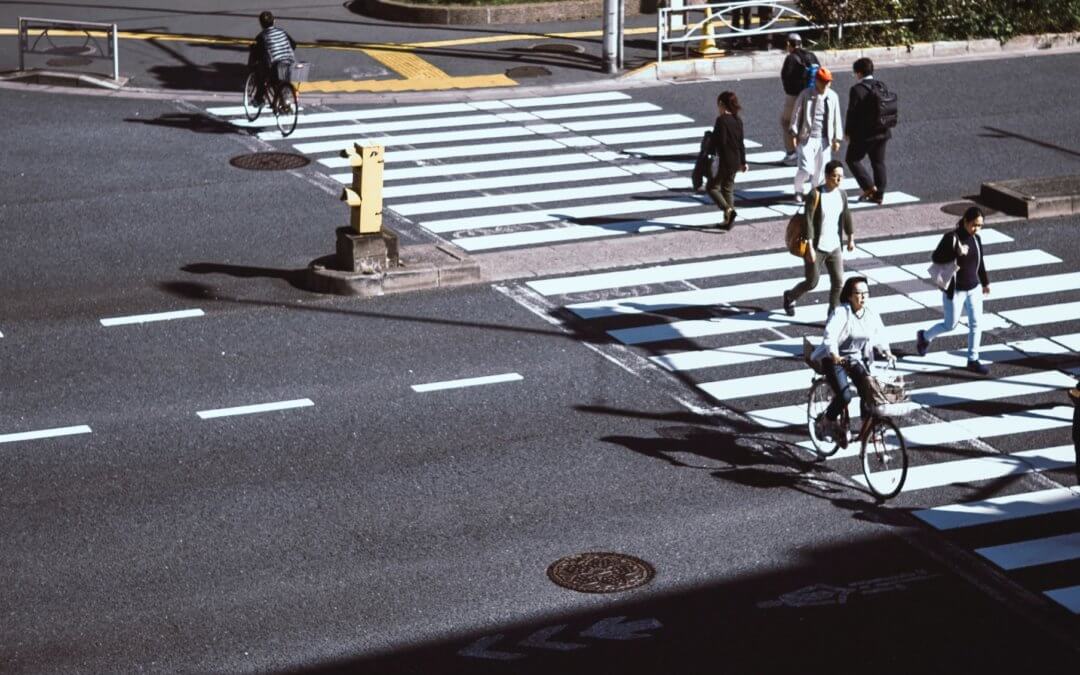
Accessibility Toolkit: When Complete Streets Help People with Disabilities
Accessibility Toolkit: When Complete Streets Help People with Disabilities After World War II, cars’ supremacy started to shape Northern American cities. Consequently men started to be more and more dependent on their personal vehicle to move around and roads...
No Results Found
The page you requested could not be found. Try refining your search, or use the navigation above to locate the post.
NEVER miss the latest news about the Smart City.
Sign up now for our newsletter.
Unsubscribe in one click. The information collected is confidential and kept safe.
powered by okeenea
The French leading company
on the accessibility market.
For more than 25 years, we have been developing architectural access solutions for buildings and streets. Everyday, we rethink today’s cities to transform them in smart cities accessible to everyone.
By creating solutions ever more tailored to the needs of people with disabilities, we push the limits, constantly improve the urban life and make the cities more enjoyable for the growing majority.

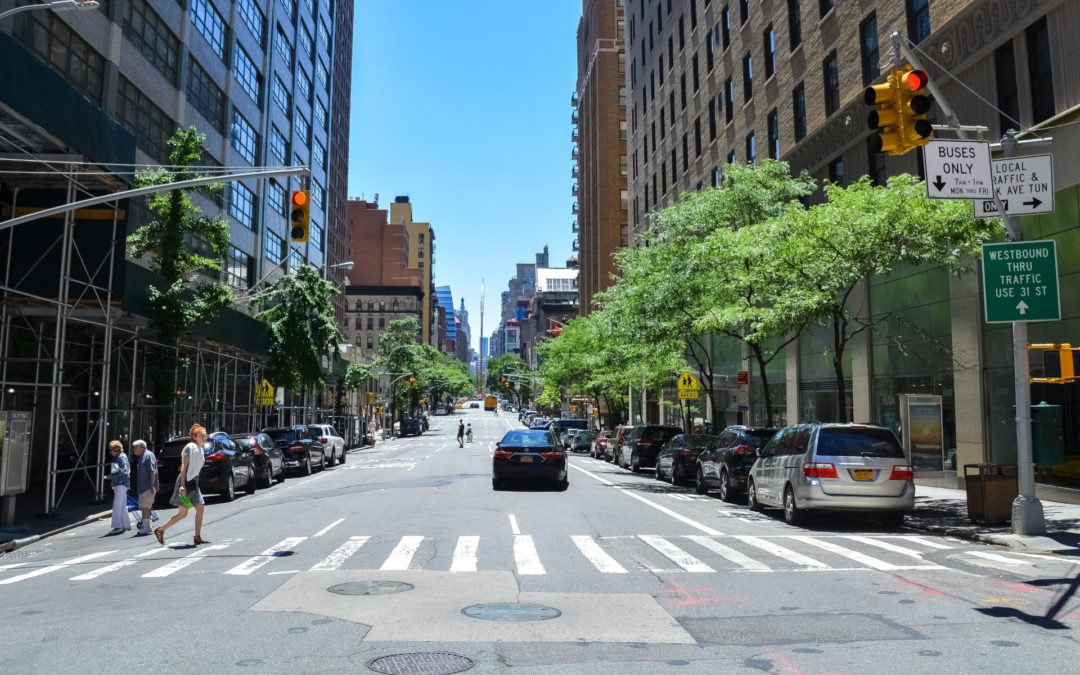

![[INFOGRAPHIC] How Can the City of Ottawa Improve its Accessibility with APS?](https://www.inclusivecitymaker.com/wp-content/uploads/2020/02/Ottawa_accessiblity_policy_blind-min-2-1080x675.jpg)
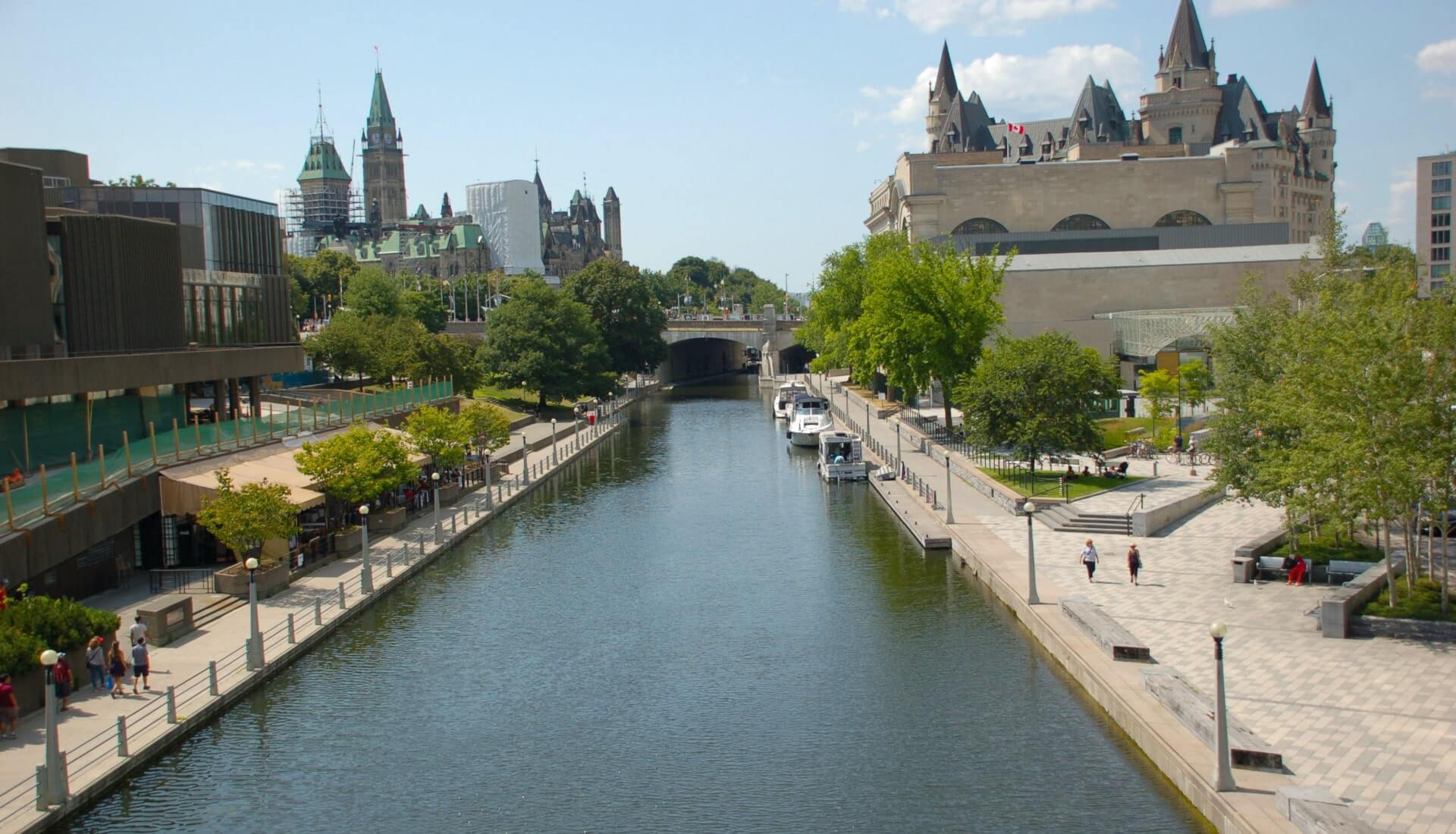
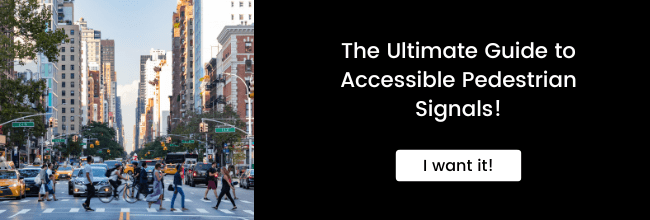
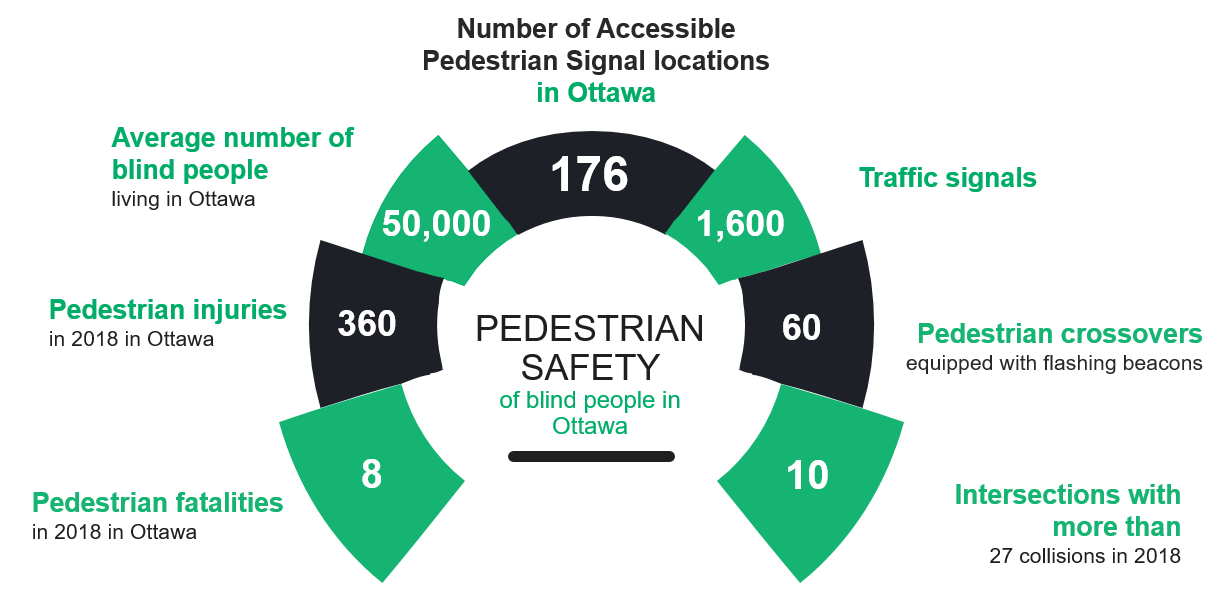
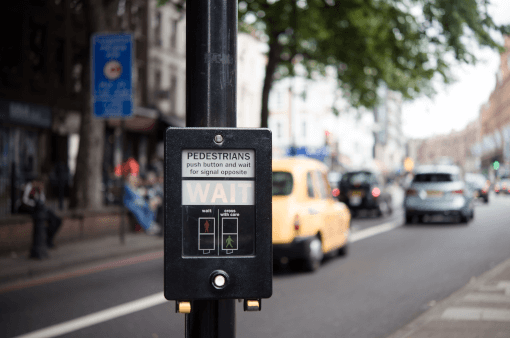

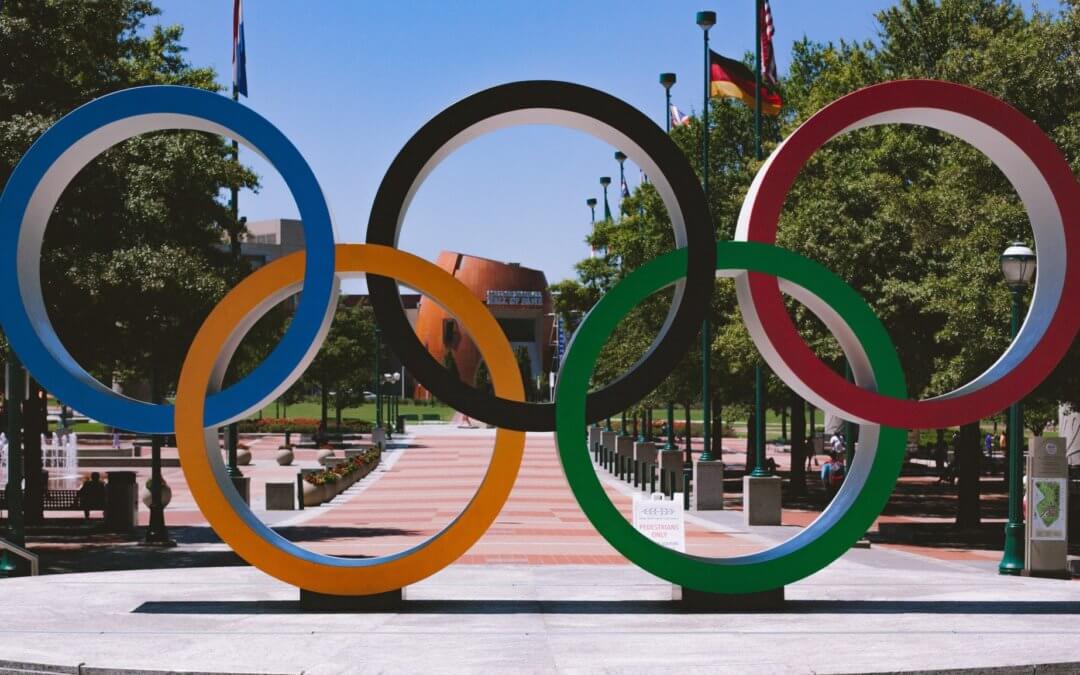
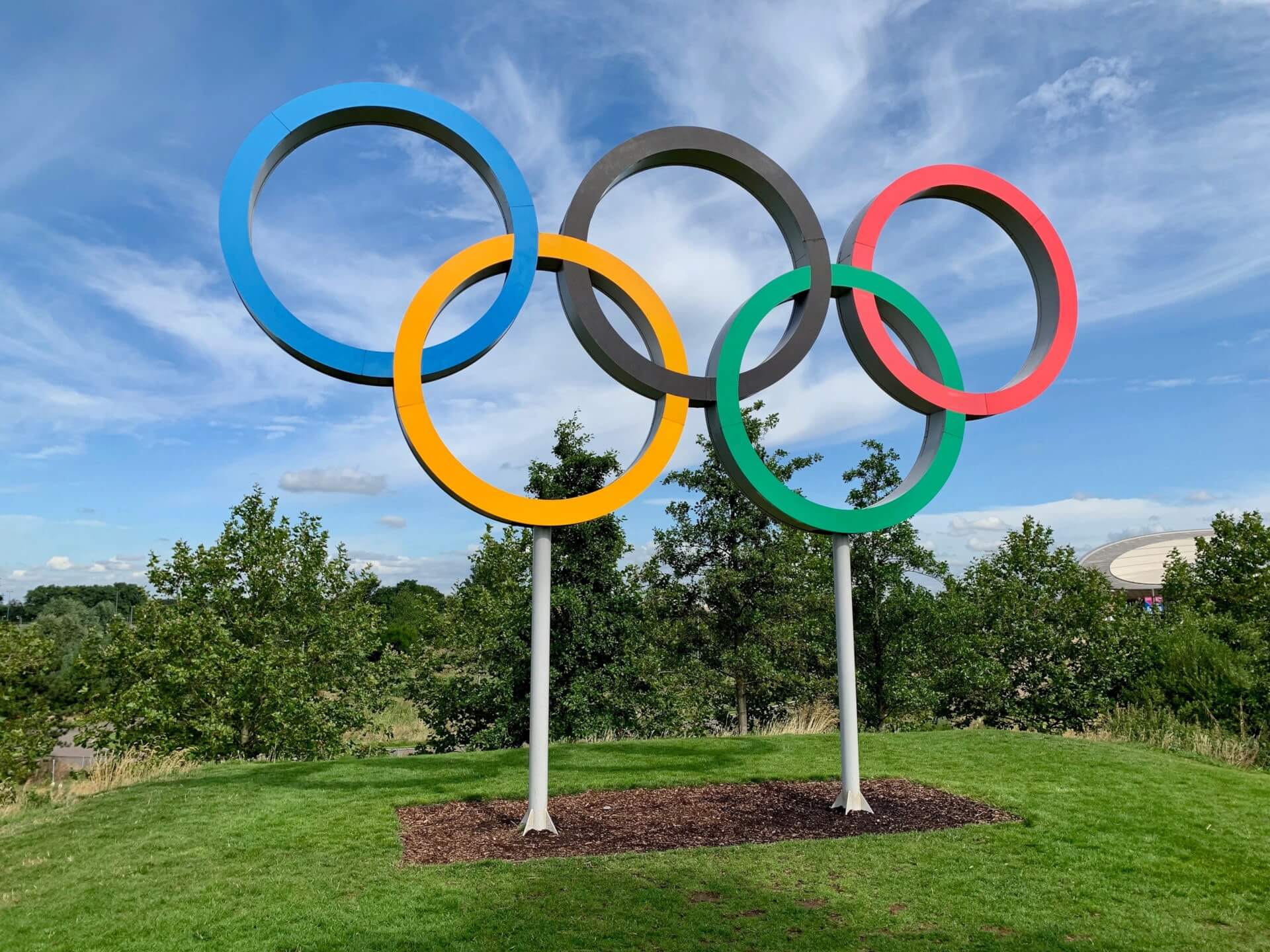

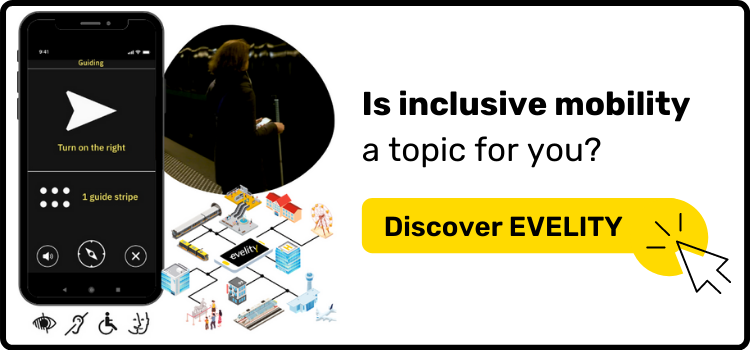




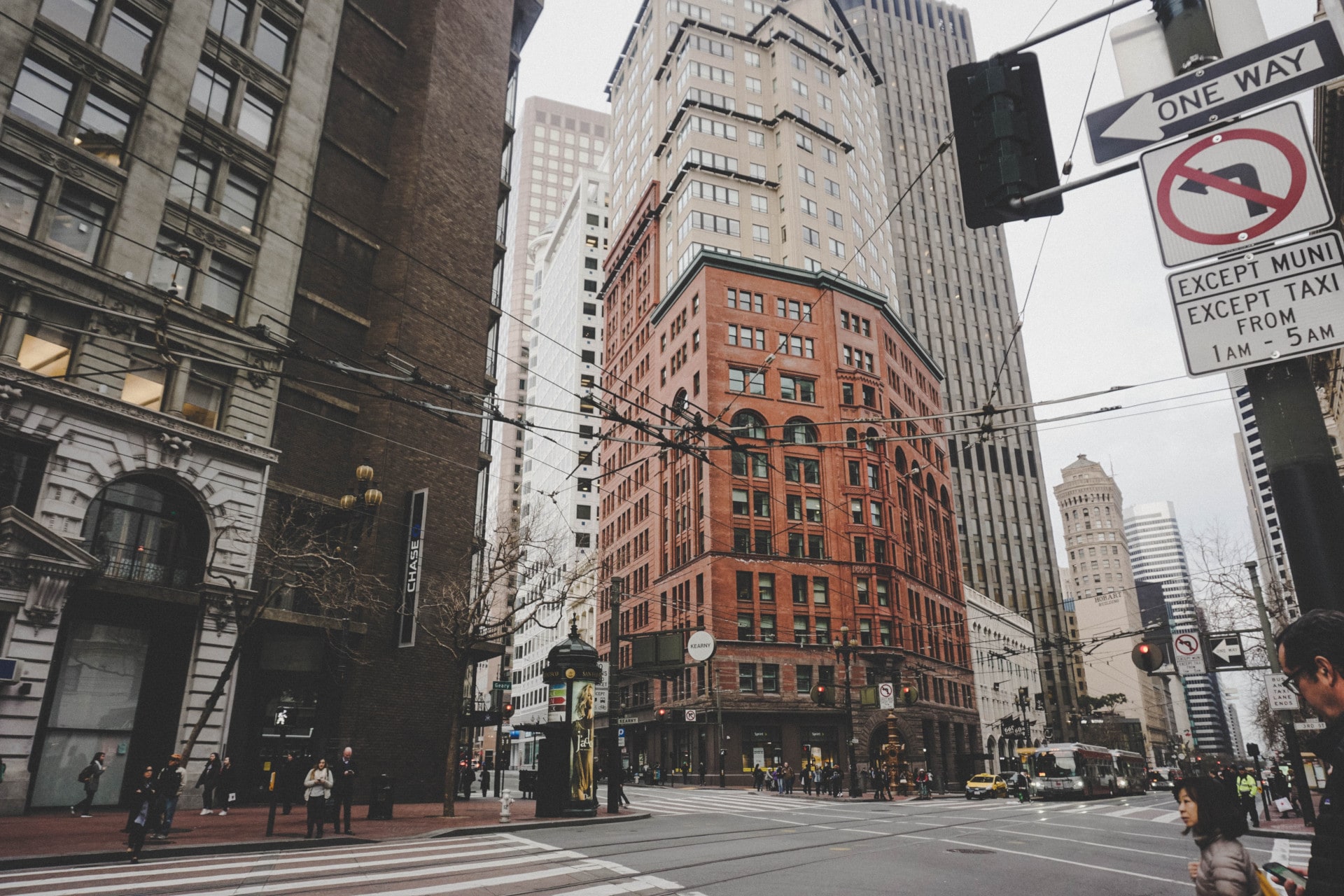
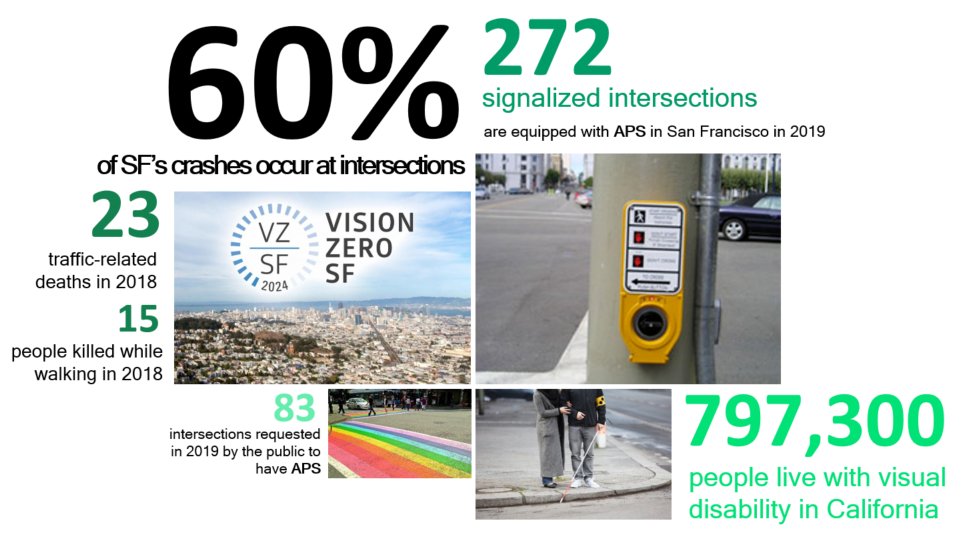

Recent Comments